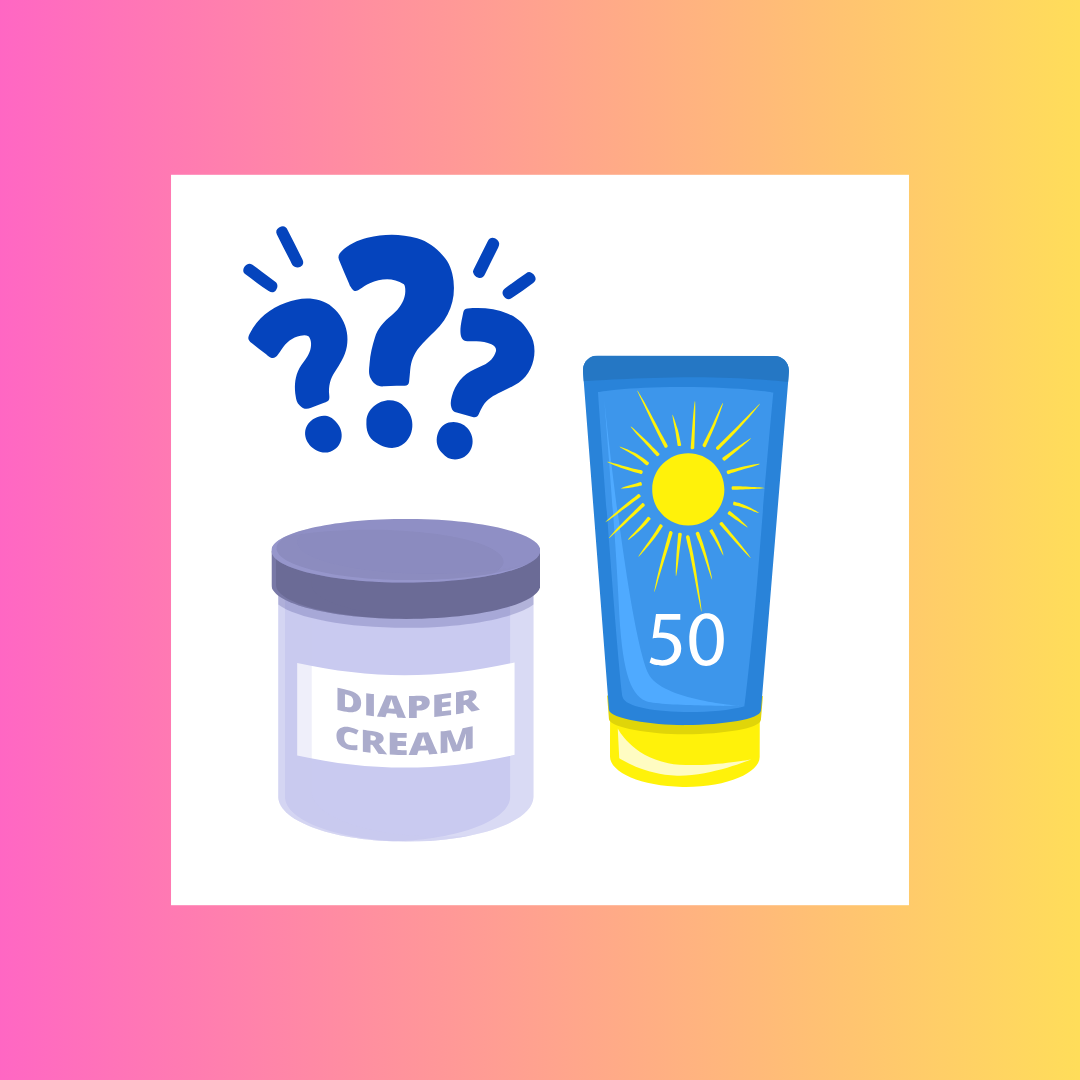Why is Lead Contamination In Diaper Ointment & Sunscreen A Problem?
2025 | 2025 Article | 2025 Laboratory Testing | Baby Lotion | Baby Lotion Testing | Baby Sunscreen | Baby Sunscreen Lotion | Comparative Chart | Comparative Chart - Lab Testing | Comparison Charts | Diaper Cream | Diaper Ointment | Diaper Rash Cream | Diaper Rash Oinment | Diaper Rash Paste | September | September 2025 | September 2025 Article | September Article | Sunscreen | Sunscreen for Kids | Sunscreen Lotion | Sunscreen Milk | Sunscreen Stick Testing | Sunscreen Testing
Published: September 22, 2025
Monday
Monday
I wrote this as an update to share with a national online bulletin board for professionals working in childhood Lead poisoning prevention (with public agencies, health departments, nonprofits, hospitals, etc.), and I thought it would also be useful to publish this on the website, as we do get this question quite often.
We wanted to give you an update on the Diaper Cream concern.
All of the Zinc-Oxide based diaper ointments (and Zinc-Oxide based baby sunscreens too), tested with the Lead Safe Mama, LLC Community-Collaborative Laboratory Testing Initiative are testing positive for concerning levels of Lead and Cadmium (common contaminants of the Zinc-Oxide ingredient used for these products).
The level of Lead we have been finding in most of these diaper ointments far exceeds the new Washington State Toxic-Free Cosmetics Act (TFCA) limit of 1 ppm (1,000 ppb) Lead.
The Clean Label Project (notably an organization which we disagree with on other points) published information several years ago (2018) stating that with the amount of Lead found in some of the more heavily contaminated sunscreen products, it would just take ingesting the amount of sunscreen that covers the surface of a dime (0.017 of an oz, which is about 1/10 of one teaspoon) to result in a concerning level of Lead exposure (in excess of Prop 65 limits). We haven’t investigated more specifically which metrics they used to make this determination, but it is an interesting data point to consider, especially given normal (anticipated) hand-to-mouth activity with infants and toddlers, and the reasonable likelihood of infants ingesting at least that amount of a product applied to their skin daily.
We have also found that it appears that there is insufficient research into the transdermal absorption concern for Lead and Cadmium found as contaminants in these topically applied products. While there is quite a bit of online discussion about whether-or-not the Zinc-Oxide itself presents a transdermal absorption risk (nano, vs. non-nano, etc.), none of the studies we could find specifically discussed the transdermal absorption risk of the contaminants in these products, specifically taking into account the role of the oil base (vegetable oils, petroleum, beef tallow, fish oils, etc.) of these products as a potential facilitating factor in transdermal absorption of the heavy metal contaminants commonly found in these products.
The Clean Label Project info is cited here:
This past Sunday we published a comparative chart with lab test results for four different popular diaper rash ointments – all are lead contaminated, 3 with levels in excess of the WA State TFCA.
The State of Washington has indicated they are not necessarily taking action related to these violations / potential violations at this time, and it is also possible (there is still some ambiguity with the structure of the TFCA enforcement process, as we understand it – as they are still developing protocols and guidelines related to the TFCA) that some product types may eventually be excluded from being covered by the TFCA, as technically they are classified as medical products and not cosmetic products.
One popular diaper cream we sent in for lab testing tested positive with a Lead level over 3,000 ppb, another with a level over 4,000 ppb. Our recommendation is that families stop using Zinc-Oxide based diaper ointments (and sunscreens) on infants and toddlers – if at all possible (given many Zinc-Oxide free alternatives are readily available).
We wanted to share this additional information with you at this time as – given the levels of Lead we are finding – Diaper Cream Lead Contamination might be a source of exposure in some of your “mystery” cases.
Here’s our link to the comparative chart of diaper ointments. We will update this as we test more diaper ointments:
Here’s our ink with all of our published sunscreen lab reports (we will also be updating this chart shortly):
Tamara
(& Friends of Lead Safe Mama, LLC)
Never Miss an Important Article Again!
Join our Email List







Would it be possible to test Weleda Calendula Diaper Cream?– yes, it contains zinc-oxide, but Weleda is one of the leading organic/nature conscious etc brands in Germany (thus, maybe better controlled than US brands due to more stringent regulations?), and the cream comes recommended by many midwives in Germany and really works wonders. It is available via Amazon here in the US, but supposedly produced in Germany. where should I nominate it, or how could one individually fund a testing of this cream in particular?
I would love it is Weleda is tested as well. It claims to use “pharmaceutical-grade zinc oxide” where many do not make this claim
I would love Weleda tested as well!